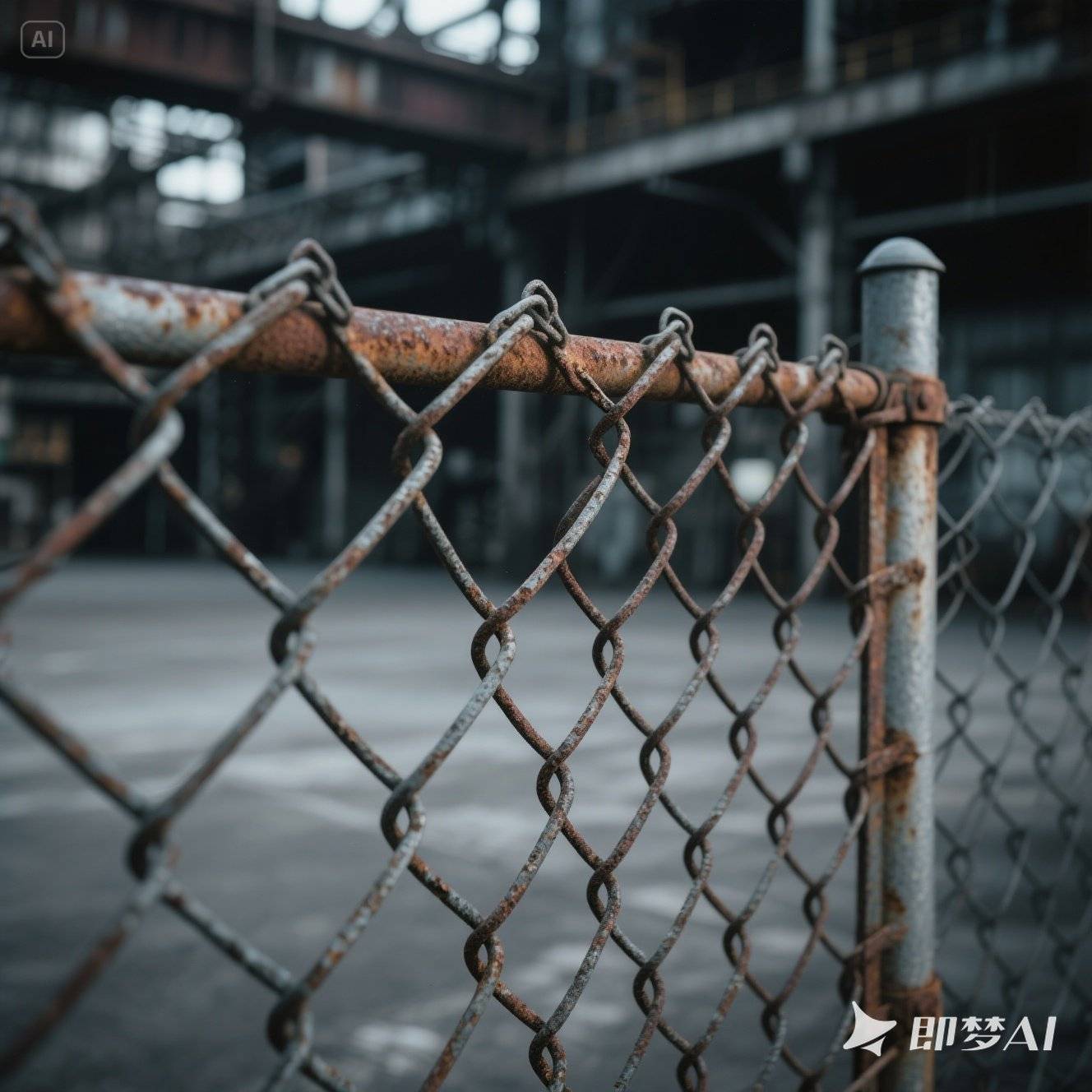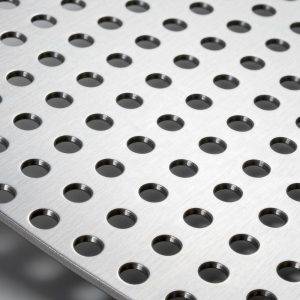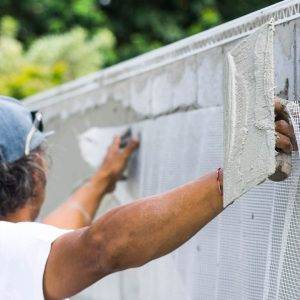The following general metal comparison is intended as a guide only to help you select the optimum metal for your application. Virtually all metals can be woven into wire cloth. For more information, don’t hesitate to reach out to us and one of our technical experts can help you with your application.
Heat Resisting Alloys
High Nickel copper alloys such as Monel and Inconel can withstand temperatures up to 1800°F and resist corro- sion in acids, sea water, and caustic solutions.
Aluminum
Light weight, good electrical conductor, and resists atmospheric corrosion; 5056 alloy is used for
higher strength.
Brass
Commonly 65% copper/35% zinc. Good formability with lower thermal conductivity and higher tensile strength than copper, yet resists corrosion like copper.
Bronze
Most common 90% copper/10% zinc. Better corrosion resistance and lower strength than brass.
Copper
Good formability with excellent electrical and thermal conductivity. Resists corrosion from fresh and salt water, alkaline solutions, and atmospheric conditions.
Nichrome
An alloy that combines Nickel with Chromium, used primarily in high-temperature applications.
Nickel
Excellent corrosion resistance in most environments except sulfurous conditions. Most commonly used in petrochemical and heat treating applications.
Rare Metals
Such as Tantalum, Molybdenum, Titanium, Silver, and Platinum can be furnished as specified.
Steel
Low carbon (C1008) is most commonly used. For high tensile strength and good abrasion resistance, high carbon/hard drawn is recommended.
Stainless Steel
The benefits of stainless steel are that it has high strength, good heat resistance and resists rusting.
Type 304
This is the basic alloy of this group and is used
extensively in the manufacturing of wire cloth. It contains nominally 18% Chromium and 8% Nickel.
Type 316
With the addition of 2% minimum Molybdenum, Type 316 Stainless Steel provides considerably increased resistance to certain corrosive media. It also provides increased strength at high temperatures.
Type 304L & 316L
Lower in carbon content, Type 304L and 316L are
frequently used to retain corrosion-resisting properties after welding.
Type 321
Type 321 contains Titanium and is frequently specified where there is a possibility of sensitization with a
resulting loss of corrosion resistance.
Type 347
For most welded assemblies which operate in corrosive environments, Type 347 is used to minimize
sensitization. It contains Columbium, which does not volatilize during welding.
Type 430
Type 430 Stainless Steel contains 17% nominal
Chromium and is more resistant to chemical attack and high temperature scaling. This alloy is magnetic and is not heat treatable.
Steel
Low carbon (C1008) is most commonly used. For high tensile strength and good abrasion resistance, high carbon/hard drawn is recommended.
Stainless Steel
The benefits of stainless steel are that it has high strength, good heat resistance and resists rusting.
Type 304
This is the basic alloy of this group and is used
extensively in the manufacturing of wire cloth. It contains nominally 18% Chromium and 8% Nickel.
Type 316
With the addition of 2% minimum Molybdenum, Type 316 Stainless Steel provides considerably increased resistance to certain corrosive media. It also provides increased strength at high temperatures.
Type 304L & 316L
Lower in carbon content, Type 304L and 316L are
frequently used to retain corrosion-resisting properties after welding.
Type 321
Type 321 contains Titanium and is frequently specified where there is a possibility of sensitization with a
resulting loss of corrosion resistance.
Type 347
For most welded assemblies which operate in corrosive environments, Type 347 is used to minimize
sensitization. It contains Columbium, which does not volatilize during welding.
Type 430
Type 430 Stainless Steel contains 17% nominal
Chromium and is more resistant to chemical attack and high temperature scaling. This alloy is magnetic and is not heat treatable.




